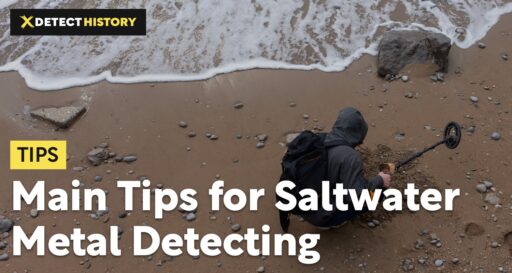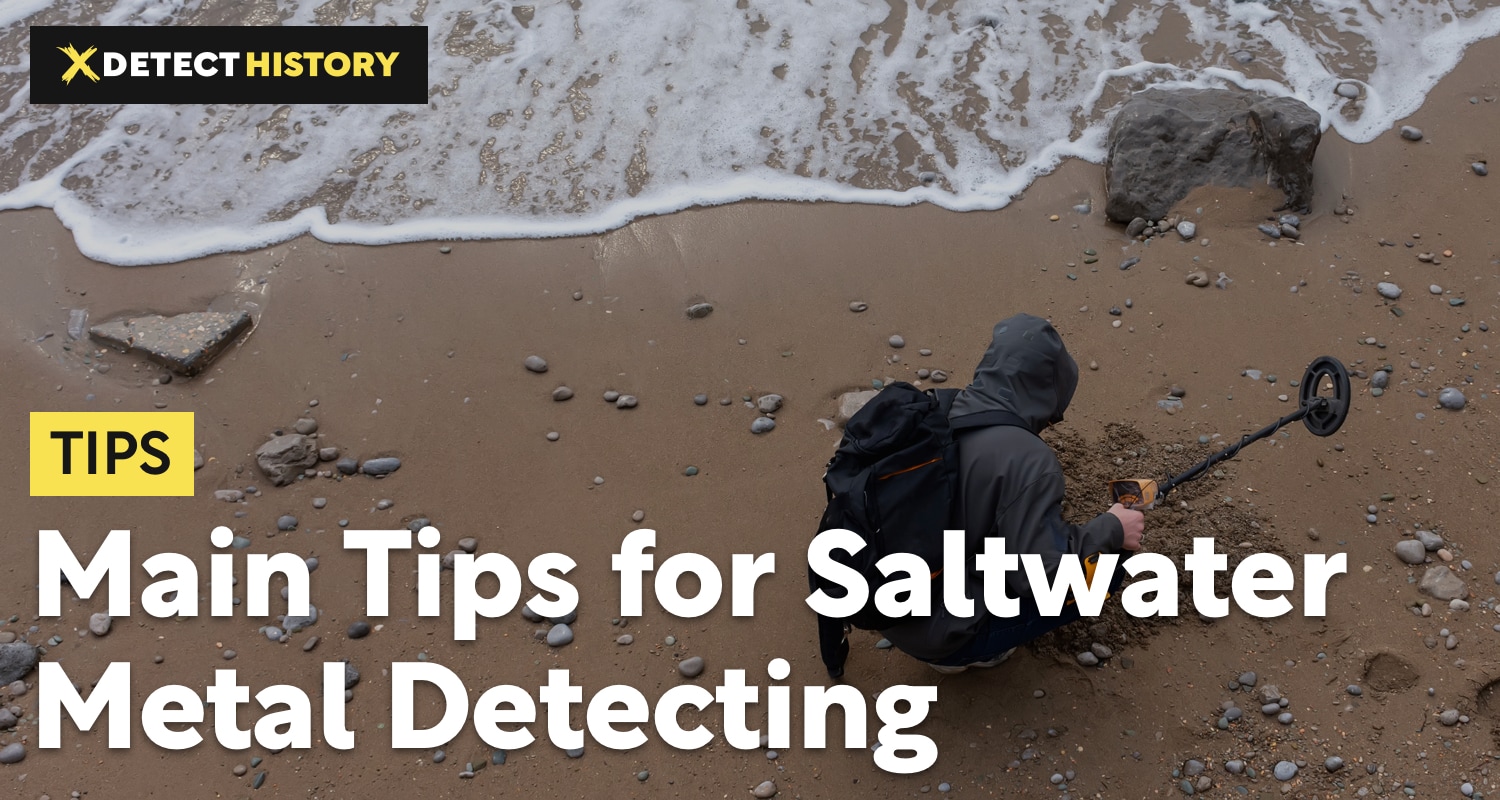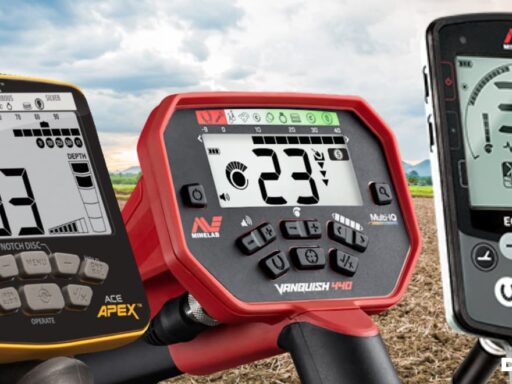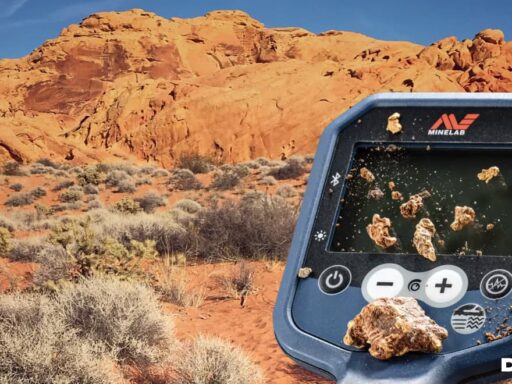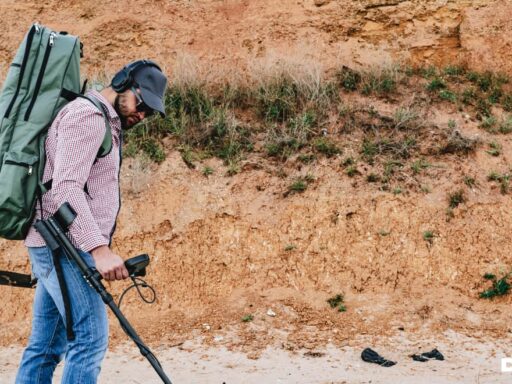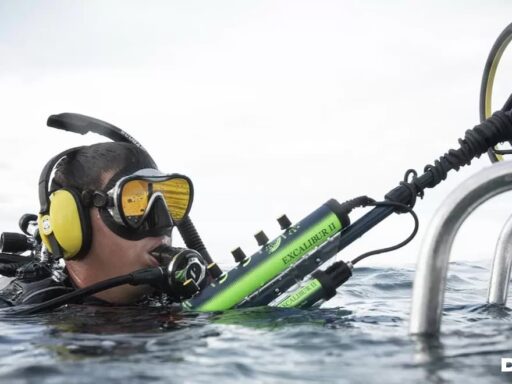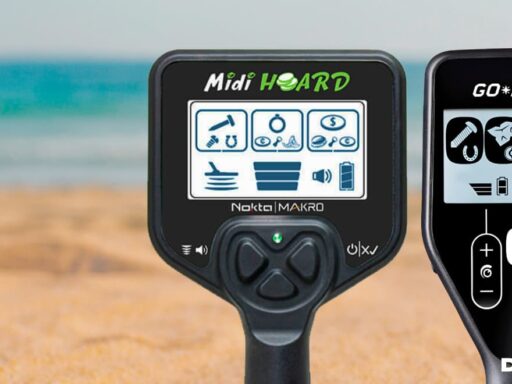Beach and underwater metal detecting are extremely popular sub niches of treasure hunting, mostly because there are all kinds of items that one can find on the beach or on the shore. Moreover, as a rule, hobby detecting is allowed on the beaches even in those countries or states that generally prohibit detecting on any other locations. As a result, many detectorists look forward to underwater detecting, and search for the best metal detectors for salt water.
However, only having a proper metal detector is not enough. One needs knowledge, skills, and some useful recommendations from experienced fellow detectorists.
High Quality Waterproof Metal Detector
Just getting any waterproof metal detector will not do the job for you. Pay attention to the water isolation rating, and evaluate your ambitions about underwater detecting. If you prefer wet sand and shallow water search, you may even get away with a machine that only has its search coil isolated.
However, if you plan to walk into the water higher than your knee, or even dive with the metal detector, you will definitely need a well-isolated machine, submersible up to 3 or even 10 feet. Moreover, make sure the metal detector also has wired headphones option, and other relevant features.
Multi Frequency of Pulse Induction Technology
Choose the right technology for the metal detector. VLF machines are probably the most widespread in the hobby, but for underwater search, especially in saltwater, you may want something a bit more sophisticated and efficient. Multi Frequency technology which allows using several frequencies at the same time, or Pulse Induction technology which creates electromagnetic fields by sending high voltage pulses, will suit your needs better. The more frequencies you send per one space of time, the more targets you may spot, making your treasure hunting more efficient.
Saltwater Mode Discrimination
Saltwater is highly mineralized, it has huge levels of metals and minerals dissolved in it, plus lots of organic material and lots of trash. It makes saltwater one of the most complicated environments for metal detecting. You get not only poor visibility conditions (sometimes), but also lots of false signals from minerals and metals contained in saltwater, masking the probable targets below. This is why high quality Discrimination feature plus some kind of Noise Cancellation features are a must for saltwater metal detector. These features will allow you to tune the metal detector in a way to perceive the saltwater as “background”, and notice targets in it.
Frequency Shift Feature
Frequency shift is a useful feature in case you have a VLF single operating frequency metal detector, but some Multi Frequency machines also have several frequency shift channels. Frequency shift is used when the saltwater, or power lines nearby, or other metal detectors around, create electromagnetic interference which is read by the metal detector and produces lots of noise. Frequency shift allows it to fall out of resonance with the source of noise.
Search Along Terrain
Be it just wet saltwater beach sand, or seabed, saltwater already creates enough interference and prevents the metal detectors from maximum efficiency. This is why the detectorist should pay attention to how exactly they search and move the search coil. If searching along the coastal line, it is important to move the search coil along the water line, not across. Every time the coil gets submerged, the metal detector will experience change in environment and lose efficiency for a while. If the treasure hunter searches on the seabed, and it is not perfectly smooth, it is crucial to move along the terrain, not across it, because every change in terrain under the conditions of saltwater will create unneeded noise.
Final Thoughts
Underwater metal detecting, especially performed in saltwater bodies, is very promising and exciting, but it is also very complicated both for the operator and the machine. Besides specific features in the metal detector, it requires knowledge and experience from the detectorist who will need to evaluate the conditions and tune the settings correspondingly. This is why it is recommended to learn lots of theory before dipping one’s toe into the saltwater metal detecting.
